Detailed explanation of Java multithreading basics
1. Thread status
2. Creating and using multi-threads
3. Thread synchronization
4. Synchronization collection
Thread status
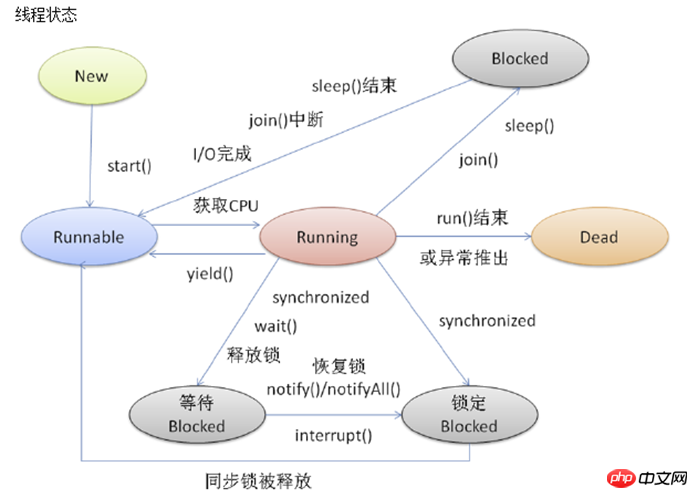
Threads have five states: new, ready, running, blocked or ended.
New: Create a new thread, and the thread enters the new state;
Ready: After calling the thread's start() method to start the thread, it enters the ready state;
Run: When you get CPU time, the thread enters the running state from the ready state. If the time slice expires or the yield() method is called, the running state thread may enter the ready state;
Blocking: call join(), sleep(), or wait () method, or waiting for the I/O to end, the thread is in a blocked state;
Complete: When the thread finishes executing the run() method, the thread ends.
Creating and using multi-threads
Thread’s class diagram
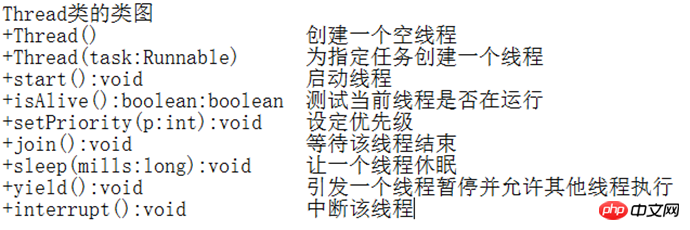
1. Inherit the Thread class to create a new thread
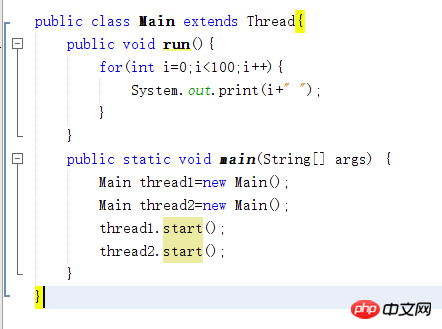
2. Implement the Runnable interface and rewrite run( ) method
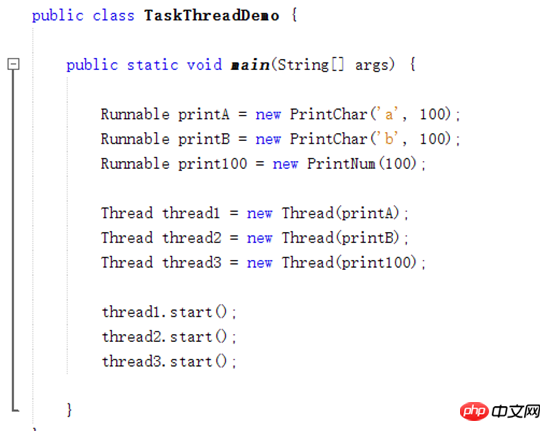
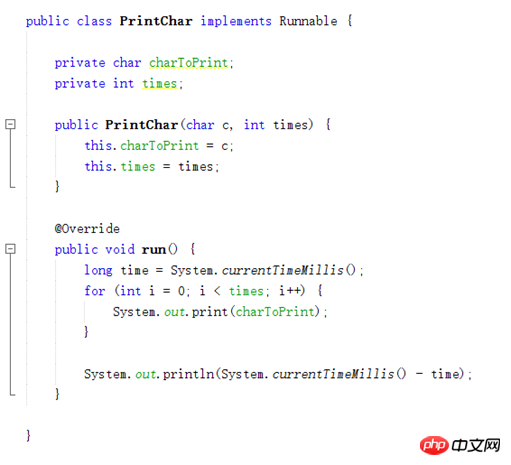
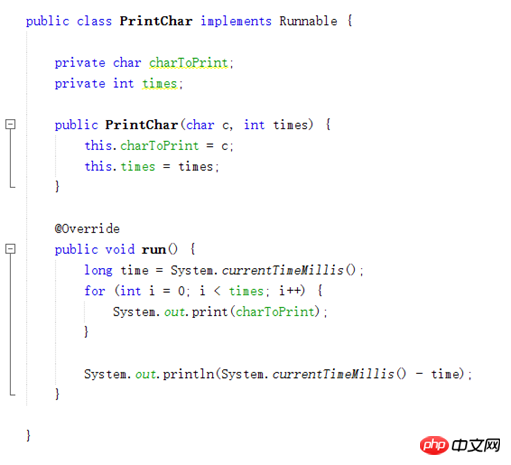


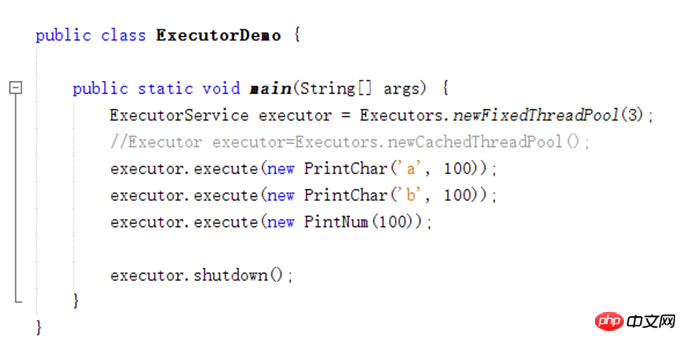
#Thread synchronization If a shared resource is accessed by multiple threads at the same time, it may be damaged. For example, if the data fields are modified in different orders, the final value may be uncertain.
Competition state: If two or more tasks access a common resource in a way that will cause conflicts, it is called a competition state
To avoid a competition state, multiple threads should be prevented At the same time, enter a specific part of the program. This part of the program is called a critical section.
1. Using lock synchronization
Java can explicitly use locks and states to synchronize threads. A lock is an instance of the Lock interface, which defines methods for locking and releasing locks.
RenntrantLock is an implementation of Lock, used to create mutually exclusive locks. Locks can be created for specific fairness policies. A fair policy value of 1 is true, ensuring that the thread with the longest waiting time acquires the lock first. If false, it is given to any waiting thread.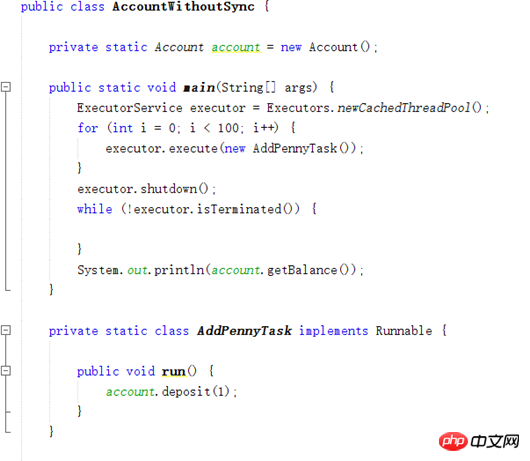
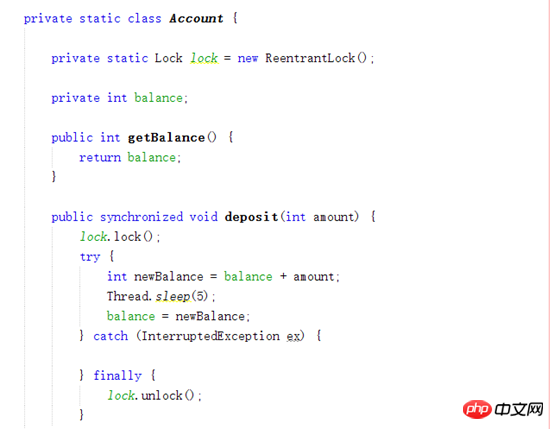 2. Thread collaboration
2. Thread collaboration
Objects created by calling the newCondition() method of the Lock object can be used await(), signal() and signalAll() methods to achieve mutual communication between threads.
When a thread calls the await() method, the thread enters the waiting state, waiting for the wake-up signal.
3. Blocking queue
can block the current thread. If a thread takes elements from an empty blocking queue, the thread will be blocked until there are elements in the queue. The blocked queue will be automatically awakened, which provides great convenience.
Several blocking queues:
1: ArrayBlockingQueue uses an array to implement a blocking queue, and a capacity or optional fairness strategy must be specified to construct2: LinkedBlockingQueue uses a linked list to implement a blocking queue. Can be created unbounded or bounded.
3: PriorityBlockQueue priority queue, sorts elements according to their priority.
ArrayBlockingQueue data field
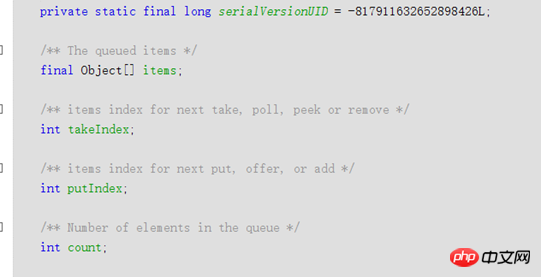
##It can be seen that the storage space is an array, and a lock is used. 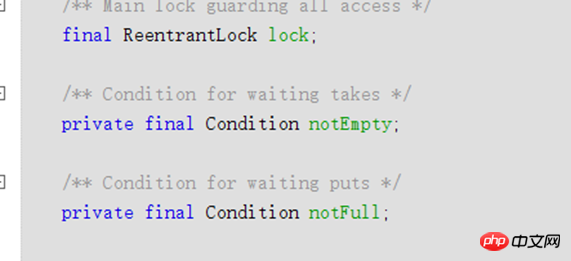
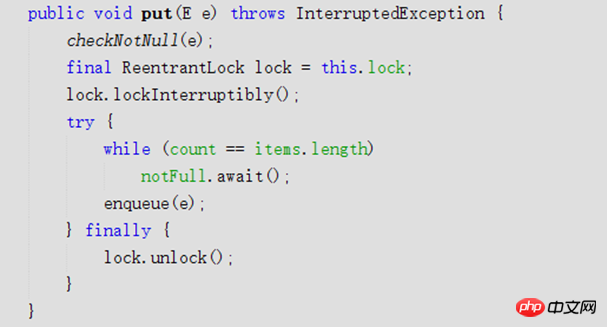
Wait when the queue is full, and enter the queue when it is not full. At this time, use lock synchronization
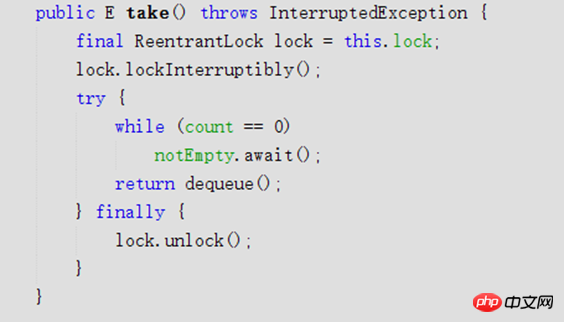
Queue Wait when empty and leave the queue when not.
Blocking Queue Application

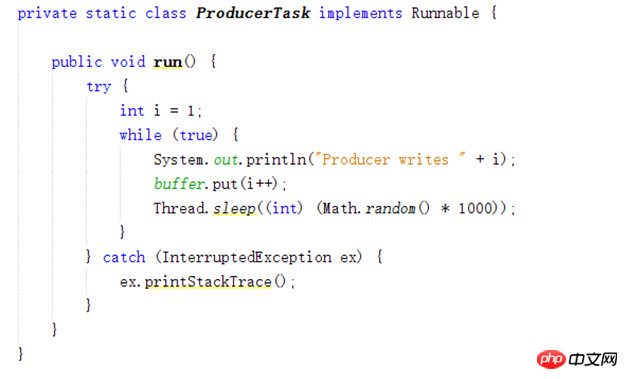
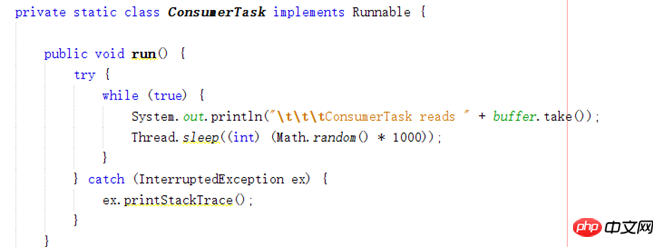
By As can be seen from the example, the producer puts numbers into the queue, the consumer takes the numbers from the queue, and waits when the queue is empty. Synchronization has been implemented in the queue without using locks and conditions.
3. Semaphores
Semaphores refer to objects that access common resources. Before accessing a resource, a thread must obtain permission from the semaphore. After accessing the resource, the permission must be returned to the semaphore.
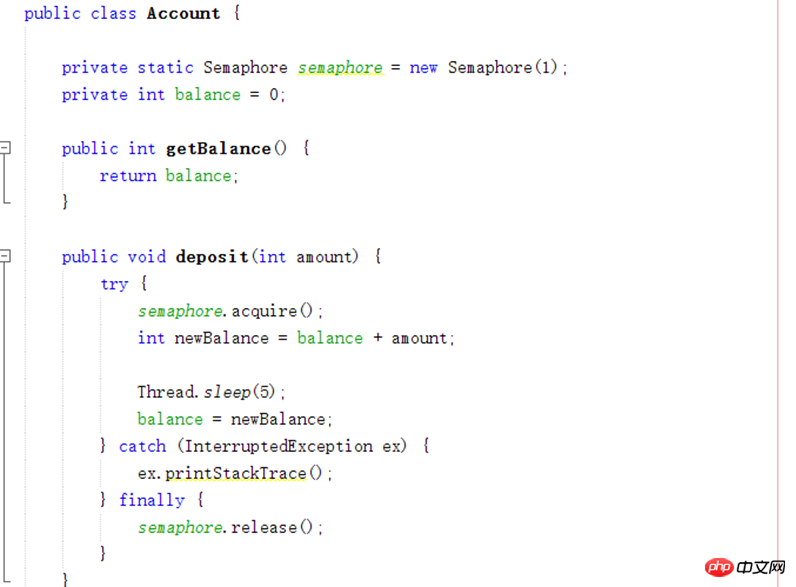
The program creates a semaphore with a permission. When a thread is granted permission, other threads cannot access the resource until the previous thread releases the permission.
Synchronized Collections
Classes in the Java Collections framework are not thread-safe; that is, if they are accessed by multiple threads at the same time and Update, their contents may be corrupted, the data in the collection can be protected by locking the collection or synchronizing the collection

Related articles:
Java Implementation of get, PUT, POST, delete requests
Detailed introduction to Java programming common problems summary
Diagram of Java remote communication technology and principle analysis Text introduction
The above is the detailed content of Detailed explanation of Java multithreading basics. For more information, please follow other related articles on the PHP Chinese website!

Hot AI Tools

Undresser.AI Undress
AI-powered app for creating realistic nude photos

AI Clothes Remover
Online AI tool for removing clothes from photos.

Undress AI Tool
Undress images for free

Clothoff.io
AI clothes remover

AI Hentai Generator
Generate AI Hentai for free.

Hot Article

Hot Tools

Notepad++7.3.1
Easy-to-use and free code editor

SublimeText3 Chinese version
Chinese version, very easy to use

Zend Studio 13.0.1
Powerful PHP integrated development environment

Dreamweaver CS6
Visual web development tools

SublimeText3 Mac version
God-level code editing software (SublimeText3)

Hot Topics
 Square Root in Java
Aug 30, 2024 pm 04:26 PM
Square Root in Java
Aug 30, 2024 pm 04:26 PM
Guide to Square Root in Java. Here we discuss how Square Root works in Java with example and its code implementation respectively.
 Perfect Number in Java
Aug 30, 2024 pm 04:28 PM
Perfect Number in Java
Aug 30, 2024 pm 04:28 PM
Guide to Perfect Number in Java. Here we discuss the Definition, How to check Perfect number in Java?, examples with code implementation.
 Random Number Generator in Java
Aug 30, 2024 pm 04:27 PM
Random Number Generator in Java
Aug 30, 2024 pm 04:27 PM
Guide to Random Number Generator in Java. Here we discuss Functions in Java with examples and two different Generators with ther examples.
 Weka in Java
Aug 30, 2024 pm 04:28 PM
Weka in Java
Aug 30, 2024 pm 04:28 PM
Guide to Weka in Java. Here we discuss the Introduction, how to use weka java, the type of platform, and advantages with examples.
 Armstrong Number in Java
Aug 30, 2024 pm 04:26 PM
Armstrong Number in Java
Aug 30, 2024 pm 04:26 PM
Guide to the Armstrong Number in Java. Here we discuss an introduction to Armstrong's number in java along with some of the code.
 Smith Number in Java
Aug 30, 2024 pm 04:28 PM
Smith Number in Java
Aug 30, 2024 pm 04:28 PM
Guide to Smith Number in Java. Here we discuss the Definition, How to check smith number in Java? example with code implementation.
 Java Spring Interview Questions
Aug 30, 2024 pm 04:29 PM
Java Spring Interview Questions
Aug 30, 2024 pm 04:29 PM
In this article, we have kept the most asked Java Spring Interview Questions with their detailed answers. So that you can crack the interview.
 Break or return from Java 8 stream forEach?
Feb 07, 2025 pm 12:09 PM
Break or return from Java 8 stream forEach?
Feb 07, 2025 pm 12:09 PM
Java 8 introduces the Stream API, providing a powerful and expressive way to process data collections. However, a common question when using Stream is: How to break or return from a forEach operation? Traditional loops allow for early interruption or return, but Stream's forEach method does not directly support this method. This article will explain the reasons and explore alternative methods for implementing premature termination in Stream processing systems. Further reading: Java Stream API improvements Understand Stream forEach The forEach method is a terminal operation that performs one operation on each element in the Stream. Its design intention is






